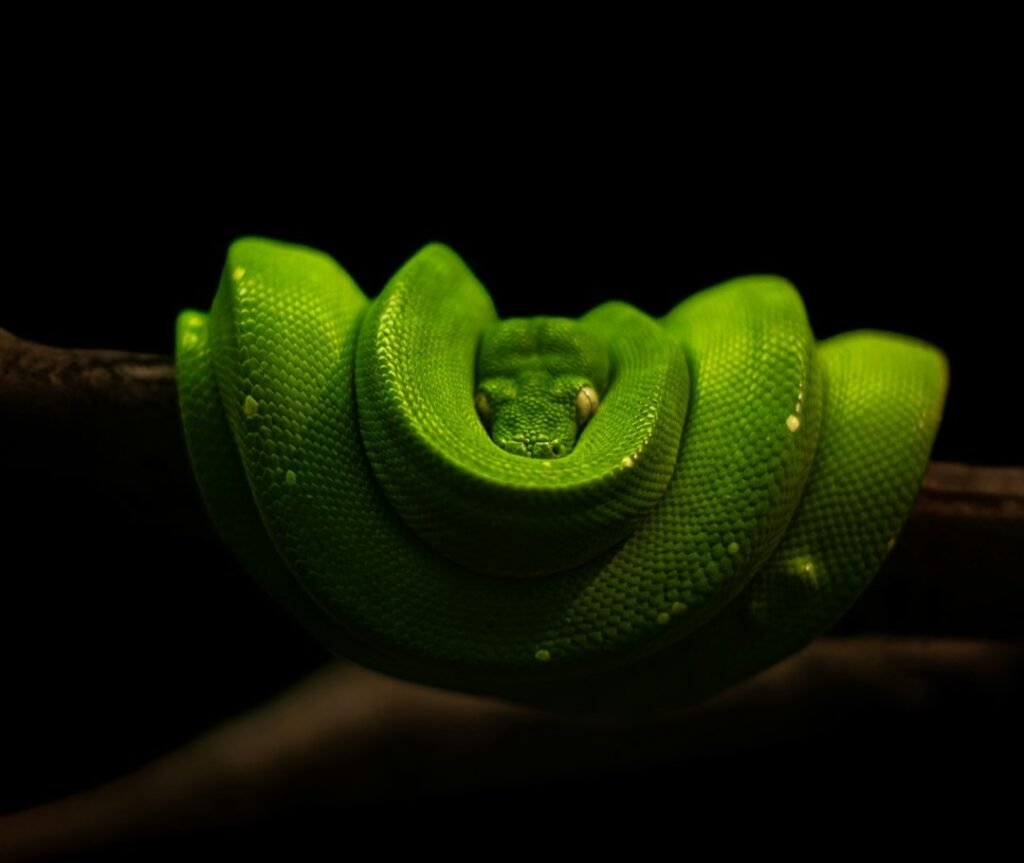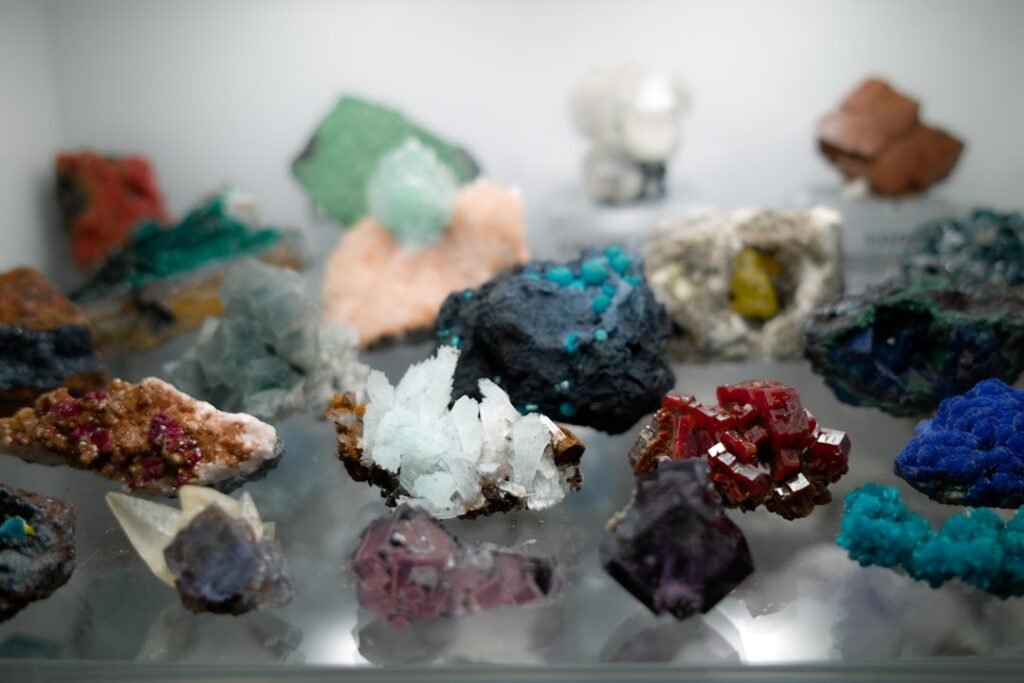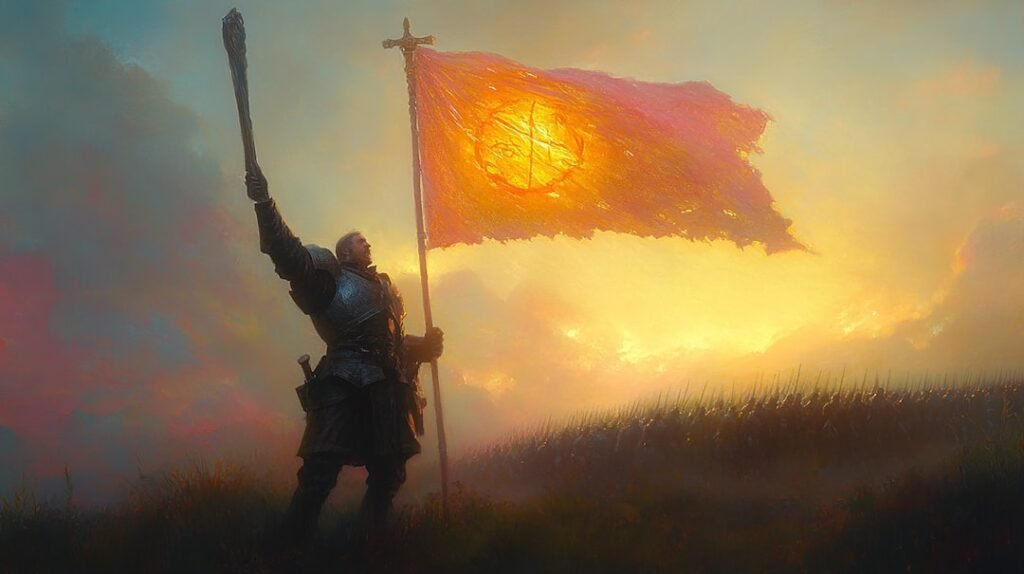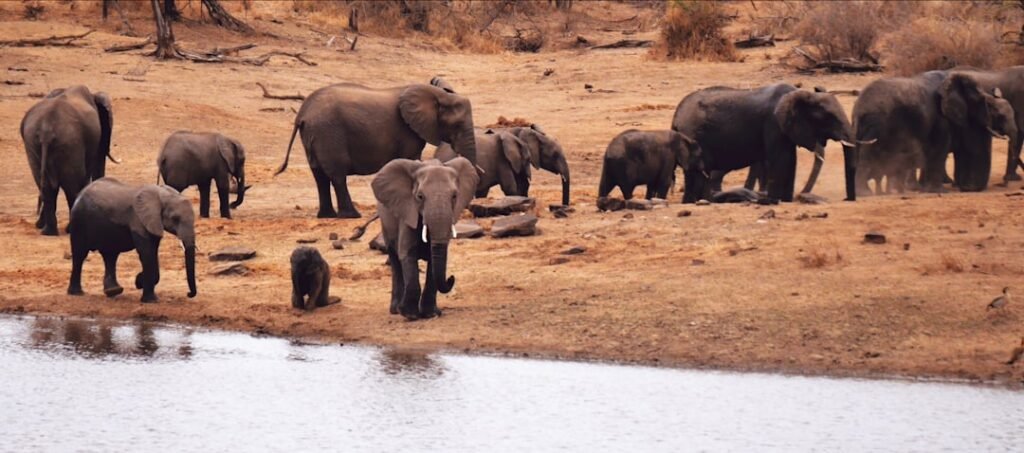On a warm night off the Florida Keys, a reef that looks muted by day suddenly flares into neon under blue light – corals blaze green, fish trace magenta outlines, and tiny invertebrates burn like embers. Far from the coast, a ranger’s ultraviolet torch in the Appalachians reveals salamanders glowing like chartreuse highlighters and, overhead, a flying squirrel with a whisper of pink. From reefs to ridgelines, Americans are discovering a hidden spectrum that was always there, waiting to be seen. The race to map it has begun, and with every new dot on the map comes a deceptively simple question with a complicated answer: which state glows the most?
The Hidden Clues

Biofluorescence is nature’s remix: animals absorb high-energy light and re-emit it at longer, visible wavelengths, turning the invisible into candy-bright colors. It’s different from bioluminescence, which is self-made light powered by chemistry; biofluorescence needs a trigger like blue or ultraviolet light and often a filter to see it clearly. Many reef fish, corals, anemones, and crustaceans fluoresce, and on land, scorpions, some amphibians, and even certain mammals show surprising glow patterns. Scientists suspect roles in communication, camouflage, species recognition, and stress signaling, though the answer likely varies group by group.
Humans missed much of this because our eyes and our flashlights weren’t tuned for it. Now, high-intensity blue lights and yellow barrier filters reveal markings that seem painted on, but are woven into the animals’ biology. I still remember the first time a drab-brown lizard flashed hidden stripes like a secret uniform once the filter dropped into place. The clues were there, faint as watermark ink, until the right light brought the message into focus.
Florida, First Among Glow-States?

Florida stands out because reefs turbocharge the numbers: fluorescent corals and fishes alone add dozens of species before you even count sea anemones, sponges, shrimp, and nudibranchs. In shallow lagoons and mangroves, juvenile fishes light up like living traffic signals, while offshore ledges host species whose patterns only appear under the right wavelength. The state’s biodiversity, from the Panhandle to the Keys, multiplies the odds that your light sweep will find a glow. Layer in terrestrial candidates – treefrogs, salamanders, scorpions, and even opossums that can fluoresce – and Florida’s portfolio starts to look hard to beat.
There’s no official scorekeeper tallying fluorescent species by state, and any leaderboard would tilt toward places with energetic searchers and accessible habitats. Still, in practical terms, Florida’s blend of vast reef acreage, seagrass meadows, and year-round fieldwork makes it a prime contender. Reef organisms in particular show complex fluorescent pigments that help with visual signaling at depth, boosting the state’s count. If you asked me to place a careful bet today, I’d put Florida at the front of the pack – by reef length as much as by raw sparkle.
Appalachia’s Forest Surprise

The Appalachians flip expectations by swapping coral heads for leaf litter and rotting logs. Under blue light, several salamander species glow in patterns that outline limbs and stripes, like x-rays colored by a child’s art set. Flying squirrels – common in forests from the Carolinas to Pennsylvania – can wash pink along their patagium, turning a fleeting glide into a spectral streak. Even some lichens and fungi fluoresce, adding a surreal, fairy-tale glow to boulders and tree trunks.
Not all glow is fluorescence: those famous blue ghost fireflies are bioluminescent, their light self-powered and steady in warm, humid hollows. But in the same hollows, you can find fluorescent millipedes and spiders that answer to ultraviolet like tiny signs. The region’s many protected parks and citizen scientists mean observations stack up fast. The result is a second strong contender, measured not in reef species but in forest diversity and sheer curiosity-driven effort.
Desert Beacons of the Southwest

In the Sonoran and Chihuahuan deserts, scorpions are the marquee attraction, turning turquoise or green under ultraviolet as if dusted with glow chalk. Arizona’s night hikes at safe, responsible distances can reveal multiple species in a single wash, and shed exoskeletons often light up too. Tarantulas and some beetles add cameos, while rock varnish and minerals fluoresce and create backgrounds that heighten the drama. The Southwest’s dry air and open vistas make night surveys efficient and strangely theatrical.
Texas and New Mexico join the fun with broad ranges of scorpions and a patchwork of parks encouraging low-impact nocturnal exploration. California straddles two worlds: deserts alive with fluorescent arthropods and coastal kelp forests where anemones and fish also glow. If Florida wins by reef arithmetic, the Southwest competes by density – lots of fluorescent individuals across huge areas you can actually scan. Think of it as the neon billboards of the wildlife world, easy to spot when the lights come on.
From Ancient Tools to Modern Science

Park rangers have used blacklights to find scorpions for decades, but researchers now push far beyond simple spot checks. Blue-excitation lights paired with barrier filters tease out subtle patterns, while multispectral cameras record the exact wavelengths animals absorb and re-emit. In labs, spectroscopy maps fluorescent molecules, revealing families of compounds that may carry signals or guard against stress. Field protocols have matured too, with guidelines to avoid eye exposure and reduce disturbance.
Meanwhile, community science platforms quietly changed the game. A single weekend of UV surveys can produce geotagged images that help scientists pinpoint hotspots and seasonality. When hundreds of observers do that across counties and states, the result is a living atlas of glow. It’s messy data, sure, but it’s raw discovery at the speed of curiosity.
Why It Matters

Fluorescence isn’t just a novelty; it’s a diagnostic language we’re only starting to read. On reefs, fluorescent patterns can highlight stressed corals before bleaching is obvious, offering a head start for restoration crews. In forests, glow patterns may help sort cryptic species that look identical in daylight but differ under blue light, tightening biodiversity estimates. Compared with daytime surveys that miss subtle traits, fluorescence can act like a highlighter pen across an entire community.
It also carries human benefits that ripple outward. Understanding these pigments feeds into biosensors, new imaging tools, and even materials science inspired by reef proteins. For land managers, nighttime fluorescence surveys are a cost-effective add-on that can refine habitat priorities. In short, the glow helps us see what was always there – just hidden between wavelengths.
Global Perspectives

Zooming out, the United States is part of a worldwide pattern where reefs and biodiverse forests dominate fluorescent counts. The Coral Triangle in the Pacific and the Red Sea both host dazzling fish and coral fluorescence, reminding us that Florida’s edge comes from sharing a reef playbook tested globally. Temperate forests from Scandinavia to Japan report fluorescent amphibians and mammals, echoing Appalachia’s revelations. The mechanisms vary, but the theme is convergence: many lineages found similar optical tricks.
This perspective gives context to the state-by-state question. If Florida often looks like a frontrunner, it’s because reefs are fluorescence factories, brimming with pigments and structures evolved for light-limited worlds. The Southwest’s scorpions mirror arid-region stories from Australia to North Africa, where cuticles glow like forensic clues. Our maps are local, but the rules that shape them are planetary.
The Future Landscape

Expect the next leaps to come from better sensors and smarter analysis. Portable spectrometers, higher-sensitivity cameras, and drone-based blue-light surveys could scale up reef and shoreline mapping without trampling fragile habitats. Machine learning already flags fluorescent signatures in images, hinting at automated species screens in dense datasets. Paired with environmental DNA, fluorescence might help confirm presence in places too remote or sensitive for frequent visits.
There are challenges worth stating plainly. Light at night can disturb wildlife, and UV exposure must be minimized and carefully controlled. Data equity matters too, so rural communities and tribes should steer how and where surveys happen on their lands. The glow should guide conservation, not become another pressure.
Conclusion

If you’re tempted to hunt for glow, start with care and humility. Use blue excitation lights with proper yellow filters, avoid eyes, skip handling animals, and keep visits short and quiet. Join a local bioblitz or park-led night hike where safety and ethics lead the plan. Upload observations to community science platforms so your discoveries help refine the national map.
Support groups restoring reefs, protecting Appalachian headwaters, and conserving Southwestern desert parks, because habitat is the real engine behind the glow. If you’re a teacher or parent, a simple UV demonstration can turn a hallway into a science lab and a kid into a naturalist. The question of which state glows most may never have a final answer – but every careful observation brings us closer to an honest one. Did you expect Florida to be the favorite?
Sources: Journal of Mammalogy study on biofluorescent flying squirrels; peer-reviewed research on biofluorescent marine fishes; National Park Service guidance on scorpion fluorescence; recent reports on amphibian fluorescence in North America.

Suhail Ahmed is a passionate digital professional and nature enthusiast with over 8 years of experience in content strategy, SEO, web development, and digital operations. Alongside his freelance journey, Suhail actively contributes to nature and wildlife platforms like Discover Wildlife, where he channels his curiosity for the planet into engaging, educational storytelling.
With a strong background in managing digital ecosystems — from ecommerce stores and WordPress websites to social media and automation — Suhail merges technical precision with creative insight. His content reflects a rare balance: SEO-friendly yet deeply human, data-informed yet emotionally resonant.
Driven by a love for discovery and storytelling, Suhail believes in using digital platforms to amplify causes that matter — especially those protecting Earth’s biodiversity and inspiring sustainable living. Whether he’s managing online projects or crafting wildlife content, his goal remains the same: to inform, inspire, and leave a positive digital footprint.




